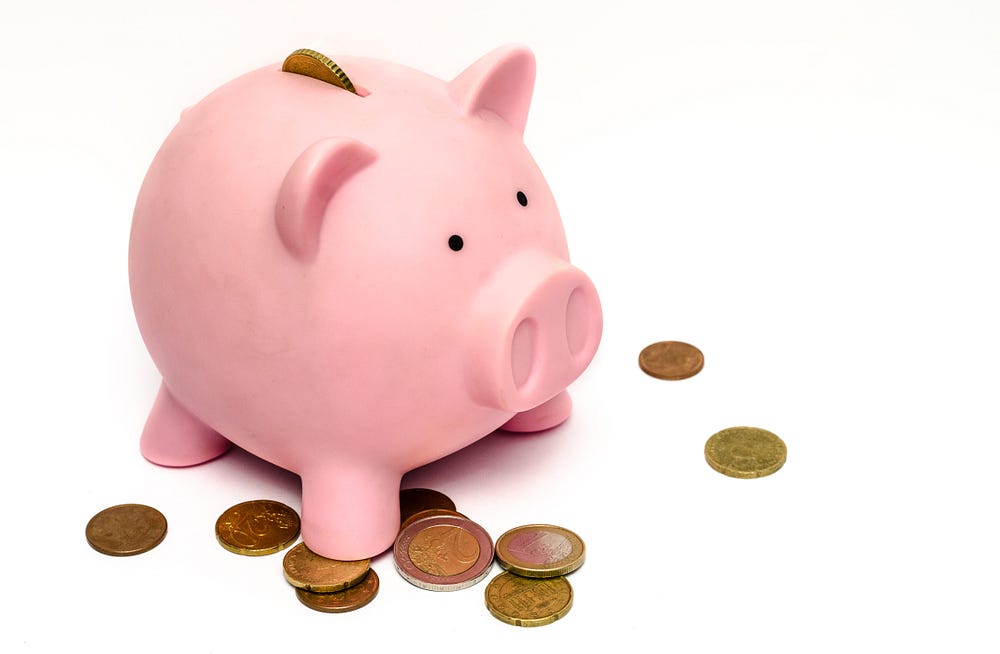
According to Statista, mobile apps will generate more than 188.9 billion U.S. dollars in revenues by 2020. Also, the growth rate of revenue growth is more than 100% YoY (year on year). We have entered the era of information consumption at a mass level, now is the right time to be working on developing your app ideas.
Many of our customers ask about the next steps that they need to take after getting the prototype or MVP (minimum viable product) ready. They ask for the funding options that are available to them and the best route to follow. In the following discussion, you find all the answers.
1. Bootstrap
Fund it yourself. Nothing beats the level of freedom you get by funding your startup on your own. You are the boss and are free from the investor pitches and regular updates.
Successful companies like Dell, Facebook, Apple Inc. had their humble beginnings as bootstrapped startups. GoPro is an extremely popular camera manufacturer in America and started off with $10,000 in bootstrapped funding.
But bear in mind that professional investors do bring in their knowledge and experience to help out the newbies.
This approach works best when you are building a prototype or MVP and planning to test the market before going all out. Do read more about the benefits of building an MVP over a complete App.
2. High Net Worth Individuals
In one of the youtube videos, Garyvee highlighted the importance of talking to high net worth individuals in your community. His idea is simple — you go to the places where the money is. He mentions that there are many individuals, running a traditional business, and are looking to expand their investment base. You just need to have the right idea and know the right person to get their idea off the ground. Later on, once your startup gets any traction, you can always take the route of pitching to professional investors.
He also rightly points out that not everyone has the skills to pitch to investment bankers. So, choose friends, family, and connections close by first.
3. Seed Funding
With Seed funding, you can raise money from investors against giving them a part of your company. This kind of funding is for the earliest stages of app development.
One interesting example of a seed funded app startup is the Clinkle app which raised $25 million in funding when it hadn’t even launched.
The cons for this approach is that the investor will take a part of your company and you will have to meet deadlines and milestones to ensure that the funding continues.
4. Incubators/Accelerators
Incubators provide workspace and guidance to startups at early stages, and some even provide funding. There are many examples of successful incubators like Y-Combinator and TechStars.
In such incubators, startups are supported in batches and have strict deadlines and graduation dates. Upon the graduation, startups have to pitch for funding while showcasing their products at Demo Days.
5. Crowdfunding
Other than talking to professional investors, you can also head over to platforms like Kickstarter and Indiegogo to raise funding for your app. Such platforms provide access to backers or future buyers of your product and help you raise money. Since the customers are paying for products in future, you can quickly determine the worth of your idea beforehand. Such mechanism of crowdfunding is gaining traction and is disrupting the traditional mechanism of funding.
Examples of successful startups which got funding include Ouya (raised $8.5 million in 29 days), Pebble (raised $10 Million) and more.
Do take into consideration the effort involved in building a compelling product pitch and product offerings that your future customers will love and fund.
6. Pitches/Competitions/Grants
If you trust your presentation skills, then head over to app competitions, and showcase your idea to potential investors. There are many such competitions and events around the globe.
Techcrunch Disrupt and Web Summit are examples of such. Startups like Dropbox, Trello, and Yammer, participated in TechCrunch Disrupt.
Major companies and accelerators also hold such competitions to look for promising startups and founders looking to build the next big thing. Also, there are many governments/state grants where they would want to encourage entrepreneurship. Finding the one, that you eligible for, can give the start you are looking for.
7. Networking/Meetups
Do not discount the power of networking and going to meetups. I always suggest, if you have an idea, then talk to other people about it. As it is possible, when talking to people at meet-ups, you might find someone who is looking for ideas to invest in. Or you might find a technical co-founder who is willing to work for free.
Meetup.com is an excellent place for finding the right meetups.
8. Loans
Riskiest and shouldn’t be pursed. With loans, there are collaterals. Banking will go after your property, possessions, and they won’t add any value to your business, except for capital. Credit cards loans could provide easy cash, but soon the bubble blows up to a level where you could be on streets. But, if you are passionate and have belief in your idea, you can always take the shot. Airbnb Founder did it this way and built a multi-billion-dollar company. Be very careful, following this route.
Talk to us, App2Dev.com